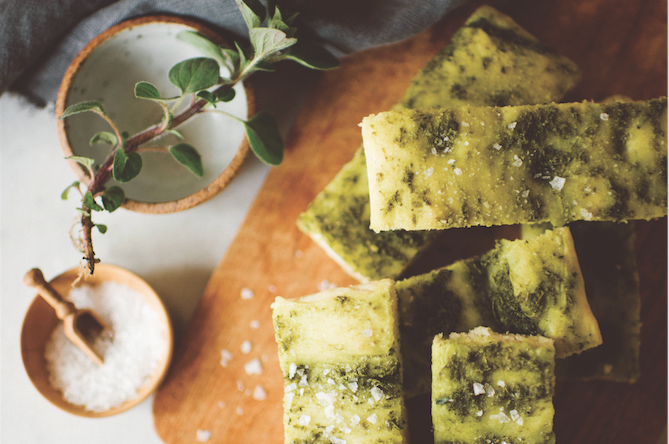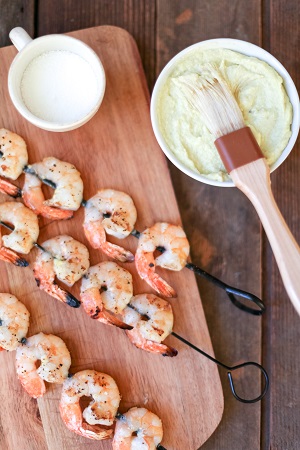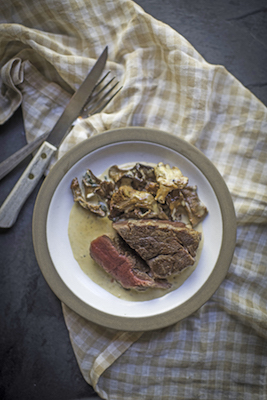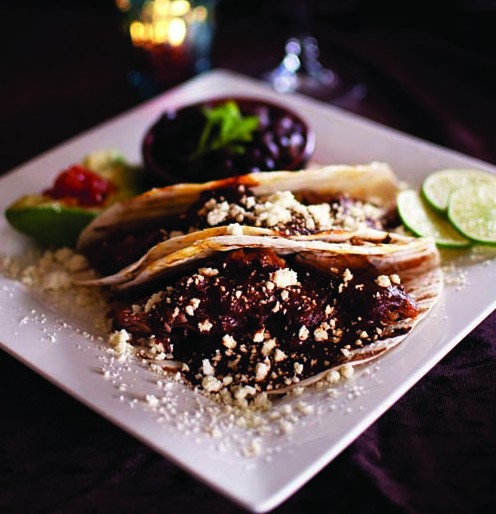How and when to use the best herbs for cooking
written by Thor Erickson | photography by Charlotte Dupont
Among cooks’ vast palette of ingredients to please the palate, fresh, aromatic herbs are at the top of my list. I always use the word fresh before herbs. Why? Because fresh herbs are infinitely better than dried herbs—no contest. I divide aromatic, culinary herbs into two main groups: tender herbs and hardy herbs. Tender herbs are thin, leafy and have a much shorter life after they are picked compared to their hardier cousins. Tender herbs also tend to be more delicate in flavor than bold- flavored, hardy herbs such as rosemary and sage. Fresh herbs are easy to grow here in Oregon. Most of the hardy varieties and some tender varieties will survive the cold winters. Growing herbs yourself makes it easy to pick what you need, and the freshness is unmatched. Fresh herb blends are especially key to getting the herbal flavor you want without overshadowing other ingredients in a dish.
Here are a few:
BOUQUET GARNI: This bundle of French herbs may contain varieties including basil, marjoram, thyme, rosemary, bay leaf, sage or peppercorns. Rather than being a specific
blend of herbs, bouquet garni is a generic term for fresh herbs tied into a bundle with string used to infuse soups, stews and stocks, and removed before serving.
FINES HERBES: This delicate blend of herbs, important in Mediterranean cuisine, is used with lighter dishes such as fish, eggs or vegetables. It is usually added at the end of cooking to preserve the light, fresh flavor. Fines herbes is a blend of parsley, chives, tarragon and chervil.
HERBES DE PROVENCE: is French herb mix consists of lavender, fennel, basil and thyme. These herbs are all native to the region in southeastern France after which the mix is named. This intensely flavored blend is perfect for grilled fish, meat, poultry and vegetables. This herb focaccia bread is an easy way to use herbs. Pair this bread with a tasty Oregon chévre and an Oregon sauvignon blanc.
Herb Focaccia Bread Recipe
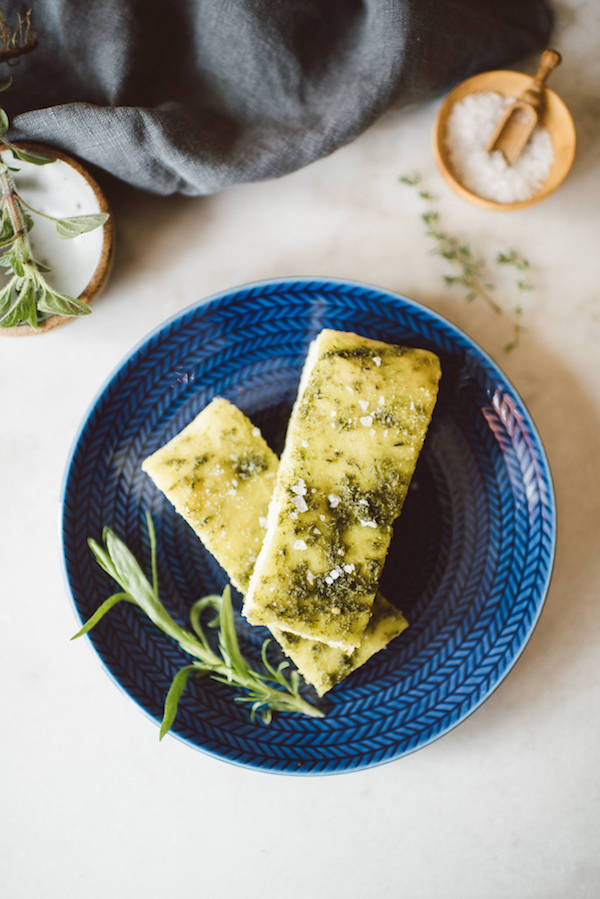
9 ounces strong white bread flour
1 teaspoon salt
1 teaspoon instant yeast
1 tablespoon olive oil
7 ounces cold water
1⁄2 cup herb of your choice, roughly chopped
1⁄4 cup olive oil
2 tablespoons olive oil, for drizzling
Fine sea salt
Place the our, salt, yeast, olive oil and 5 ounces of the water into a large bowl. Gently stir with your hand or a wooden spoon to form a dough. Knead the dough in the bowl for 5 minutes, gradually adding the remaining water. Stretch the dough by hand in the bowl, tuck the sides into the center, turn the bowl 80 degrees, and repeat the process for about 5 minutes. Tip the dough onto an oiled work surface and continue kneading for 5 more minutes. Return the dough to the bowl, cover and leave to rise until doubled in size. Rub a baking sheet with olive oil. Tip the dough out of the bowl and onto the baking sheet. Fla en the dough onto the baking sheet, pushing it to the corners, and then let it rise for one hour. While the dough is rising, place chopped herbs and 1⁄4 cup olive oil in a blender or processor and pulse until herbs and oils are mixed well. Preheat the oven to 425 degrees. Brush the herb-oil mixture onto the top of the dough, sprinkle the top with ne sea salt, then bake for 20 minutes. Remove from oven, lightly drizzle with olive oil, and serve hot or warm.


